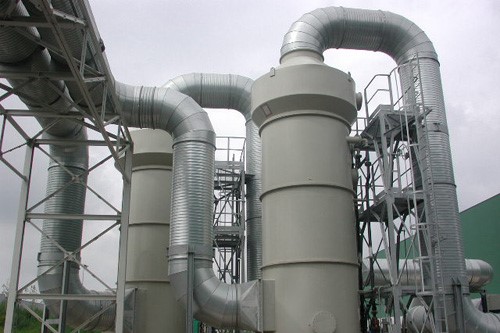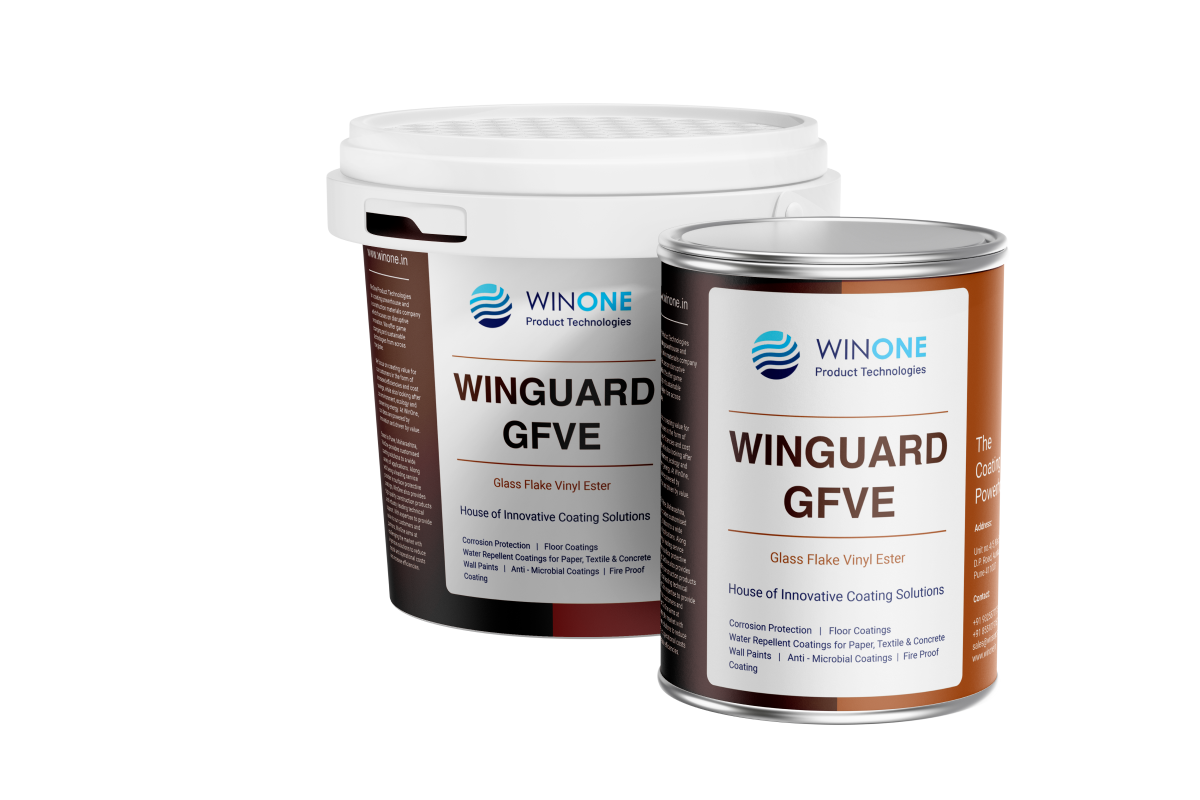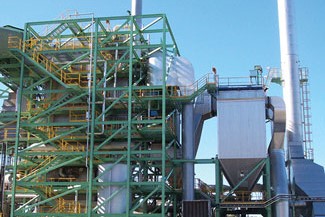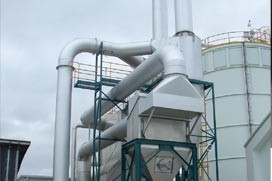
Winguard Vinly Ester Glass Flake
Winguard Vinly Ester Glass Flake: Modified cold cured Vinyl-Ester Novalac Glass Flake Resin-based coating system treated with micronized glass flake

Winguard Vinly Ester Glass Flake - Winguard Vinyl Ester Glass Flake forms a robust, impermeable shield for steel and concrete surfaces, offering superior anti-corrosion defense against corrosive chemicals, whether immersed or in gaseous form. Exhibiting exceptional corrosion resistance at high temperatures, enduring thermal aging, and boasting anti-abrasive properties, this coating system is maintenance-free, ensuring a long lifespan. Its ease of repair adds to its overall utility and cost-effectiveness.

Problems we solve
- 1.
Corrosion:
Exposure to corrosive chemicals can lead to equipment and asset corrosion, compromising their integrity and safety. - 2.
Chemical Contamination:
Contaminants can affect product quality, machinery performance, and asset longevity, increasing maintenance costs and downtime. - 3.
Scaling and Fouling:
The accumulation of scale and fouling from chemicals can obstruct pipelines, reducing flow rates and causing equipment breakdowns. - 4.
Maintenance Challenges:
Chemical industry assets require frequent and specialized maintenance due to their exposure to harsh conditions.

Features
- 1.
Anti-Abrasive and Chemical-Resistant:
Resists abrasion and can withstand very active chemical agents, extending service life. - 2.
Superior Corrosion Protection:
Protects steel and concrete against chemical corrosion and degradation even in the harshest environmental conditions. - 3.
High-Temperature Resilience:
Maintains corrosion resistance even at elevated temperatures. - 4.
Longevity & Low Maintenance:
Offers a durable, low-maintenance solution for cost-effective protection. - 5.
Ease of application:
Easy two-component application, that reduces downtime and expenses.

How to Apply
- 1.
Surface Preparation:
Ensure a minimum SA of 2 1⁄2 for metallic substrates. Concrete surfaces should be dry and free of oil, grease, and loose lattice. Both should follow SSPC Standards. - 2.
Environmental Conditions:
Maintain a relative humidity (R.H.) below 85%, with air temperature above the dew point of the surrounding air. Ensure the substrate temperature is above 30°C. - 3.
Overcoating Time Period:
Subsequent coats can be applied once the coating is Touch Dry. Overcoating time is unlimited, provided the existing surface remains clean. Sanding or sweep blasting may be necessary if required. - 4.
Safety Precautions:
Prioritize safety and quality. All work should align with the company's Quality Assurance Plan (QAP) and Health and Safety Procedures.

